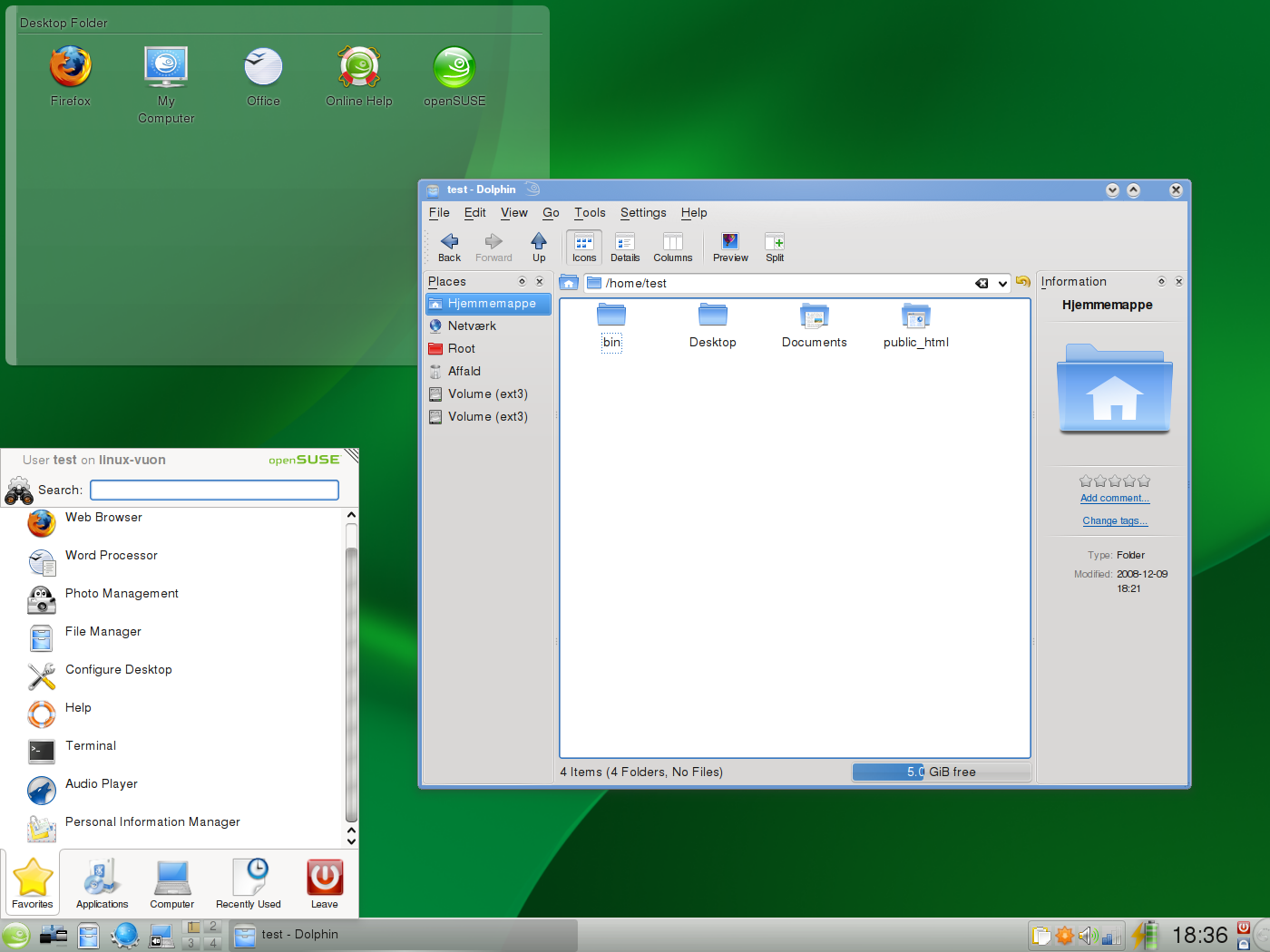I've been soldiering on for a couple of years on a T-Mobile Wing. That old phone did some pretty great things for my personal organization, but I always seemed to struggle with connection issues.
Last weekend, I finally bit the bullet and picked up a new HTC HD2. Make no mistake, this is a spectacular piece of hardware, but sadly, I still find myself chasing connection issues. I'll share some thoughts on the rest of the phone later if I end up keeping it, but right now, I want to detail my signal strength problems. I'll continue to update this post as the fun and games ensues, so if I (or T-Mobile) manage to fix the problem, this post will show the resolution, and if not, you'll be able to see why I left. All of the observations here, unless otherwise indicated, occured in exactly the same spot in Columbus, Ohio, near the OSU campus (ie, not while moving around).
Sunday, 3/28
- Bought the phone, took it home, charged it, and powered on. No data connection. It turns out that the upgrade to 3G takes a while to provision.
Monday, 3/29
- Signal bounces around all day. Full-strength Edge, then nothing, then 3G, then nothing, then no connection at all. This goes on most of the day, with almost all day spent on Edge only (no 3G).
- In the evening, I got a good 3G signal, and the phone worked great.
Tuesday, 3/30
- Slightly better luck with 3G, but not by much.
- I talked to a couple people who said they tried to call me several times -- the phone never rang, and didn't show any missed calls.
Wednesday, 3/31
- Noticed the same problems. Signal really bouncing in the morning.
- Called T-Mobile customer care at around 11:45. Rep advised me to power off and back on a couple minutes later, and asked if I could call from another line (I can't).
- Immediately upon powering up, here's what I saw:
- 11:57 - 3G w/ 2 bars.
- 11:58 - Edge w/ 3 bars.
- 12:00 - no service (I was trying to dial voice mail).
- 12:00 - Edge w/ 4 bars (after I stopped trying to dial VM).
- 12:01 - no service (as soon as I dialed VM).
- 12:20 - 3G w/ 3 bars.
- 12:20 - Call to VM fails.
- 12:22 - 3G w/ 2 bars.
- 12:22 - Call to VM fails.
- 12:24 - Call to VM fails. "Phone operation failed" message. Immediately saw Edge w/ 4 bars, then no signal.
- 12:26 - Finally completed a call to VM.
- 12:27 - no service.
- 12:28 - no service - unable to place call.
- 12:30 - placed call - it worked!
- 12:39 - Edge w/ 4 bars. As a side-effect of the connection-hunting, my battery is down to 57% - I noticed this sort of decreased battery life when my Wing was connection-hunting, too. Done troubleshooting for now - my lunch is over.
(watch below for more updates) Continue reading "Meet the new phone, same as the old phone"





![Reblog this post [with Zemanta]](https://i0.wp.com/img.zemanta.com/reblog_e.png?w=525)






 It's CodeMash time again, and once again, I'm taking notes on my
It's CodeMash time again, and once again, I'm taking notes on my  , and uploading them with
, and uploading them with 

